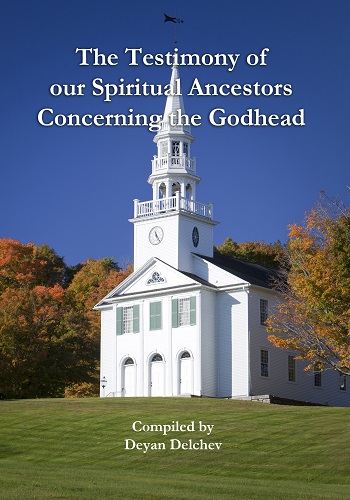The Science and Song of the Universe
Astronomers with data from NASA have for the first time calculated that our Milky Way galaxy “is teeming with billions of planets that are about the size of Earth, [that] orbit stars just like our sun, and exist in the Goldilocks zone—not too hot and not too cold for life” (South Bend Tribune 11-5-13). They have calculated that out of the 200 billion stars in the Milky Way, 40-50 billion of them are like our sun. Of those sun-like stars, scientists estimate there are at least 8.8 billion of them with at least one Earth-size planet in orbit. Thus astronomers conclude there may be up to 11 billion planets able to sustain life like ours in this single galaxy!
“Geoffrey Marcy, a professor of astronomy at Berkeley, extrapolated the findings across the open void of space, adding: ‘With tens of billions of Earth-like planets in each galaxy [i.e., not just in our own galaxy], our entire universe must contain billions of billions of Earth-like planets” (http://www.theregister.co.uk/2013/11/04/kepler_earth_like_planets_habitable/).
Billions of billions?
Please note, however, that while there may indeed by eleven billion other planets able to sustain life in the Milky Way, astronomers are not yet suggesting they have found life on any of these potential cousins of Earth. And yet it would no longer be so farfetched to suggest that we are not alone in our galaxy—there may very well be other intelligent (more intelligent?) life forms out there. In fact the nearest sun-like star with an earth-size planet is only about 12 light years away and can be seen with the naked eye at night—leading one British commentator to quip—they’re probably getting our TV programming from 2001 (perish the thought)!
The ancient book of Job opens with a scene from the divine headquarters of the universe: “Now there was a day when the sons of God [“heavenly beings” NRSV] came to present themselves before the LORD” (Job 1:6). Is it so implausible to find in this ancient line the suggestion that there are other inhabited planets in God’s vast universe, and that here Job describes representatives of these Earth-like planets assembling in the throne room of the Creator? Such a notion is not quite as farfetched as it would have been a few weeks ago, is it? No wonder The Great Controversy observes: “God’s government included not only the inhabitants of heaven, but of all the worlds that He had created” (497).
Thus, if we’re not alone and there are intelligent beings sharing our home galaxy with us, can you imagine the vested interest they have in the cosmic struggle between Light (Christ) and darkness (Satan) for the allegiance of this planet? If only one of the Shepherd’s sheep is lost, imagine the intense concern of the ninety-nine others. No wonder the story of Calvary—the glorious narrative of the Creator Himself incarnating into our human family to rescue Earth from the savage dominion of the fallen rebel Satan—will become “the science and song” of the universe one day when the enemy of all life is eradicated. “Tens of billions” of other planets? Can you imagine the Hallelujah chorus when the Family is reunited at His nail-scarred feet!
stefan





